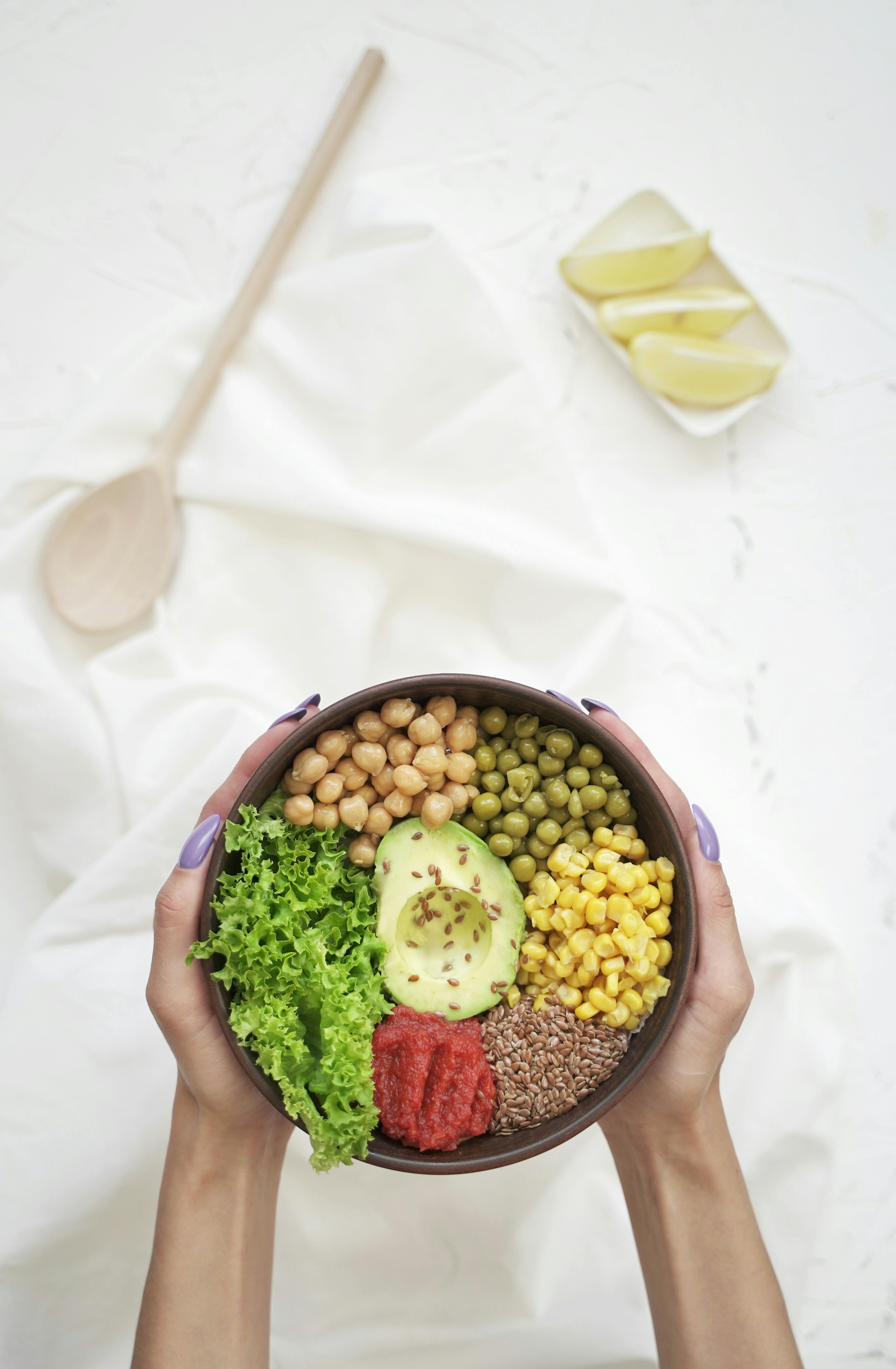Effective Ways to Optimize Your Veiled Chameleon Diet in 2025

Effective Ways to Optimize Your Veiled Chameleon Diet in 2025
Understanding the Veiled Chameleon Diet
The veiled chameleon, a popular choice for reptile enthusiasts, has specific dietary needs that are crucial for its health and well-being. Understanding these needs not only enhances the pet's quality of life but also minimizes health issues and behavioral problems associated with improper feeding. A well-structured veiled chameleon diet comprises various elements, including insects, fruits, and vegetables, ensuring that your pet receives the necessary nutrients for optimal growth.
An essential aspect of caring for your veiled chameleon involves replicating its natural feeding habits found in the wild. This species is primarily insectivorous, relying heavily on live food sources to provide necessary protein. With this understanding, let's dive into the best food options available for your chameleon while considering every stage of their life.
Best Food for Veiled Chameleons
When selecting the best food for veiled chameleons, the primary focus should be on the variety and nutritional quality. Insects such as crickets, mealworms, and roaches serve as excellent protein sources that meet the chameleon's dietary energy needs. Always ensure that the insects are sourced either from reliable pet store suppliers or gut-loaded before being fed, as this enhances their nutritional value.
In addition to insects, fruits and vegetables can also enrich the chameleon's diet. Safe fruit options such as mangoes, papayas, and berries provide essential vitamins and hydration. The integration of vegetables like squash and leafy greens helps balance the overall diet. Remember to chop these foods into bite-sized pieces for easy consumption.
Feeding Frequency for Chameleons
The feeding frequency of your veiled chameleon varies significantly depending on its age and developmental stage. Baby chameleons typically require more frequent feedings than adults, digesting smaller meals multiple times a day. Adults can be fed every other day, aligning with their slower metabolism.
As your chameleon matures, it is critical to adjust its feeding schedule accordingly. Regularly assess their temperature and humidity levels in their habitat, as these factors also influence their digestive health and feeding habits. Consistency in your feeding schedule will help develop a routine that contributes to a stress-free experience for your chameleon.
Calcium and Vitamin D3 Supplements
Calcium supplements and Vitamin D3 are vital for preventing metabolic bone disease in your veiled chameleon. These dietary supplements should be dusted onto the insects before feeding to ensure your chameleon receives the necessary nutrients. The importance of these supplements cannot be overstated, especially for juvenile chameleons, which require additional calcium to support their rapid growth.
In practice, it's advisable to dust the insects with calcium powder at every feeding and use Vitamin D3 supplements a few times a month. This balanced approach meets these reptiles' dietary requirements and improves overall health and vitality.
Hydration for Chameleons
Hydration is a key element of a veiled chameleon's diet. Unlike other reptiles that may drink from still water, chameleons often prefer to hydrate through water droplets on plants in their habitat. Regular misting of the enclosure helps keep the humidity levels adequate while allowing your chameleon to drink water naturally.
Additionally, placing a shallow water dish can provide another hydration option. However, ensure the water is regularly changed to prevent contamination and algae growth. Always monitor your chameleon's hydration status, as signs of dehydration such as lethargy or sunken eyes are critical indicators of distress.
What to Avoid Feeding Chameleons
While it is essential to know the best foods for your veiled chameleon, it is equally important to understand foods to avoid. Certain vegetables like iceberg lettuce and starchy options can lead to digestive issues and should be avoided. Additionally, any fruits or vegetables that are toxic to reptiles, such as avocado, must never be included in the diet.
Another critical aspect is to refrain from offering wild-caught insects unless sourced from pesticide-free environments. These pests could pose health risks due to parasites or toxins that could harm your pet. Always prioritize safety and nutritional advice when selecting food options.
Feeding Techniques for Chameleons
Employing effective feeding techniques is essential for promoting good eating habits in chameleons. Observing your chameleon during feeding can provide insights into its dietary preferences. For example, some chameleons may favor certain types of insects over others, which can inform your selections and help you create a varied meal plan.
Utilizing feeding tongs to deliver food can also reduce the risk of stress during feeding, as this mimics natural hunting behaviors. Placing food in different locations within the habitat encourages your chameleon to explore and hunt, simulating their natural instincts and enhancing their well-being.

Common Mistakes in Chameleon Feeding
Many new chameleon owners often make feeding mistakes that can lead to nutritional deficiencies and health issues. One common mistake is not providing sufficient variety in the diet. A diverse diet ensures that the chameleons receive all necessary nutrients, while a monotonous regimen may lead to deficiencies over time.
Another frequent error is neglecting the importance of gut-loading insects before feeding them to your chameleon. This practice greatly increases the nutritional value of the food provided, supporting overall health. Moreover, being unaware of proper supplementing techniques can lead to an imbalance, making it essential to understand dosage recommendations for your pet.
Monitoring Your Chameleon's Health Through Diet
Ultimately, the key to sustaining a healthy veiled chameleon is through balanced nutrition and proper feeding practices. Regularly assessing your chameleon's health by observing its appetite, behavior, and physical appearance is crucial. An unhealthy diet can manifest in various ways, including lethargy or abnormal skin shedding.
Implementing regular veterinary check-ups and discussing feeding practices can help maintain your chameleon's dietary health. Remember, the feeding journey is as important as the habitat setup or environmental conditions. Keeping abreast of your chameleon's nutritional needs in 2025 and beyond will create a vibrant and thriving companion.

Conclusion: Essential Dietary Management for Veiled Chameleons
In conclusion, the management of your veiled chameleon’s diet in 2025 can be optimized by understanding its feeding habits, selecting the best foods, adjusting feeding frequencies, and ensuring proper hydration. By incorporating these strategies and avoiding common feeding mistakes, you will set the foundation for a healthy, happy chameleon.
Being knowledgeable about their dietary requirements and maintaining a flexible feeding plan will help you foster a thriving environment for your pet. Always stay informed and keep exploring new dietary trends and innovations in chameleon care to ensure your beloved pet lives a long, healthy life.